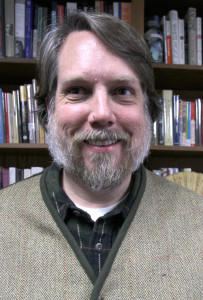
Interdisciplinarity, scholarly initiative and innovative teaching: these are three things that most impress me about many of my new colleagues here at MSU, or as the core values of our Mission Statement puts it, “Excellence in teaching, learning, scholarship, and artistic production.” Indeed, these are the hallmarks, along with “intellectual curiosity and integrity” and “critical thinking,” that set liberal arts colleges like MSU head-and-shoulders above today’s huge degree-granting puppy mills.
Fostering a stronger sense of community through interdisciplinary teaching and scholarship at MSU will go a long way in raising the intellectual bar both in and out of the classroom, making us a more competitive option for students who want more from a degree than what they might get at a larger university. The possibilities for interdisciplinary explorations are as open as the minds of our faculty and students want them to be.
As our state’s only COPLAC institution, one of the greatest lifelong benefits we offer our graduates is, to quote from our strategic plan, “a strong liberal arts experience for students in all majors,” whether they be in the professional schools, sciences, fine arts, social sciences, or humanities.
One of the easiest and most rewarding ways to foster this experience is to engage in “interdisciplinary teaching and research opportunities” (quoting the Strategic Plan again here). MSU has taken a huge stride down this intellectually rich path with the inauguration last semester of our new EURECA program, which truly promotes “a sense of community among faculty and students.”
I, along with eleven other faculty members, had the distinct honor of working with students from across the disciplines last semester as the first group of EURECA mentors. Seeing these students’ projects develop from throughout the semester was the most rewarding experience I have had thus far at MSU.
Though innovative programs like EURECA and UGROW are natural magnets for critically motivated, engaged, and curious students and faculty, they are limited in the number of students they can reach each semester. One of the best ways to help foster the sense of intellectual curiosity and community these programs enable, and to prepare more students for one of the greatest learning experiences we offer at MSU, is to begin by regularly engaging in interdisciplinary teaching and student scholarship in the classroom. Along these lines, several faculty from various disciplines have been working together to build dynamic cross-departmental relationships by inviting one another to guest-lecture in our classes.
For example, Ann Marie Leimer, chair of the art department, joined my Post-World War II Literature and Art class this semester to share her expertise on understanding post-war American painting. In turn, Leimer has invited me to lead her Contemporary Art class a few times this semester when my own expertise in literature and art can supplement her students’ knowledge.
Likewise, Rebecca Dodge in geosciences and Nathan Jun in philosophy will be visiting my graduate Ecocriticism seminar in the fall to discuss the ways in which conscientious environmental stewardship connects our seemingly disparate disciplines of science, philosophy, and contemporary critical theory.
One of the most basic traits of critical thinking is the ability to make cross- cultural and temporal connections, to delve into the historical ferment from which our varied disciplines emerge, challenge, and complement one another at any given moment in history. This is why Jun invited me to his Buddhist Philosophy course last semester to discuss my current scholarship on Zen philosophy and poetics.
Visiting Jun’s class enabled his students to not only apply their new-found philosophical knowledge to a different, though not unrelated, mode of philosophical production—poetry. It also helped them see firsthand how those complex concepts were first adopted by our own country at a key moment in American history.
Not only will a stronger focus on interdisciplinary teaching help students develop their critical thinking abilities and add to the breadth of their understanding of the world around them, it will also strengthen scholarly productivity, innovative teaching, and interdepartmental collegiality by providing new and challenging teaching opportunities for our faculty and pave the way for more innovative pedagogical discussions across the disciplines.
Indeed, any discussion of the future viability of higher education in our state has to look beyond the numbers to recognize and tout the impressive level of scholar-teachers MSU has been able to hire over the past few years. These are faculty from some of the top universities in the nation who are not only up-to-date on the latest knowledge in their respective fields, but are also active contributors to that knowledge on an international level.
The next logical step once MSU’s new learning communities become the norm will be to further institutionalize a culture of interdisciplinarity by encouraging faculty to periodically cross-list certain courses with other departments so students can get credit for classes not specifically listed on their degree plans but which are related contextually.



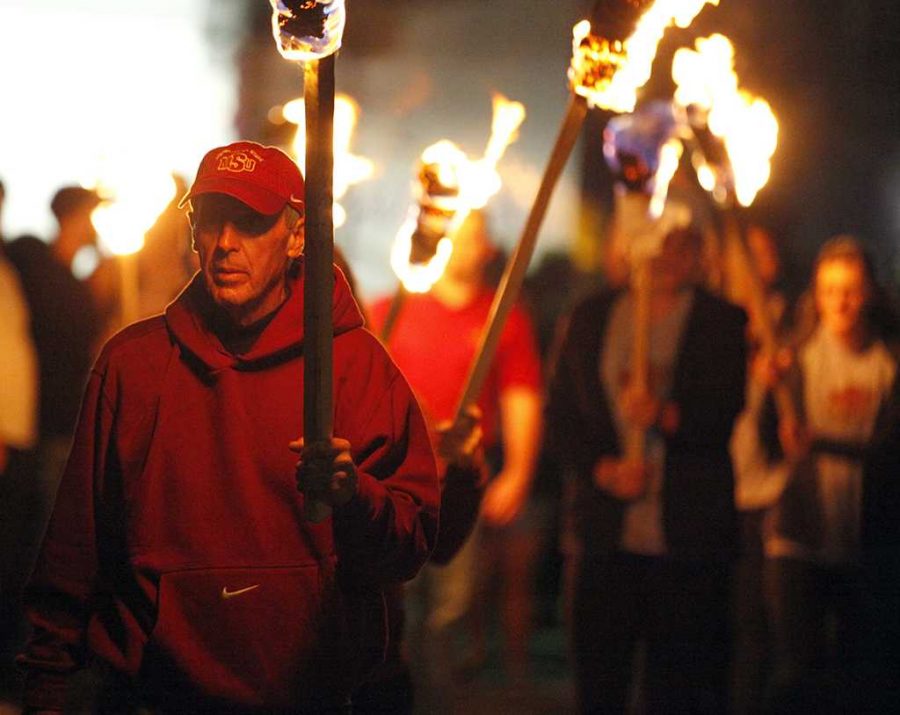

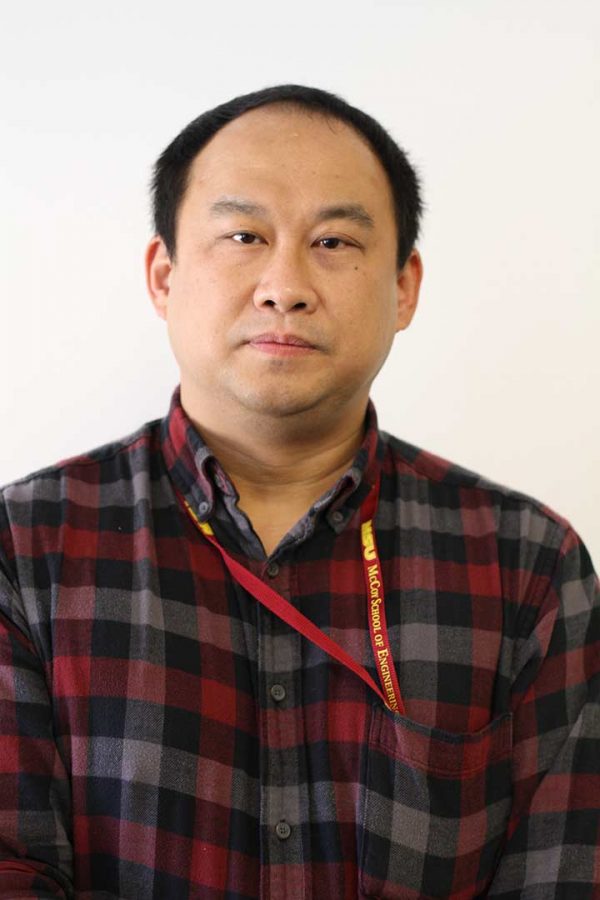
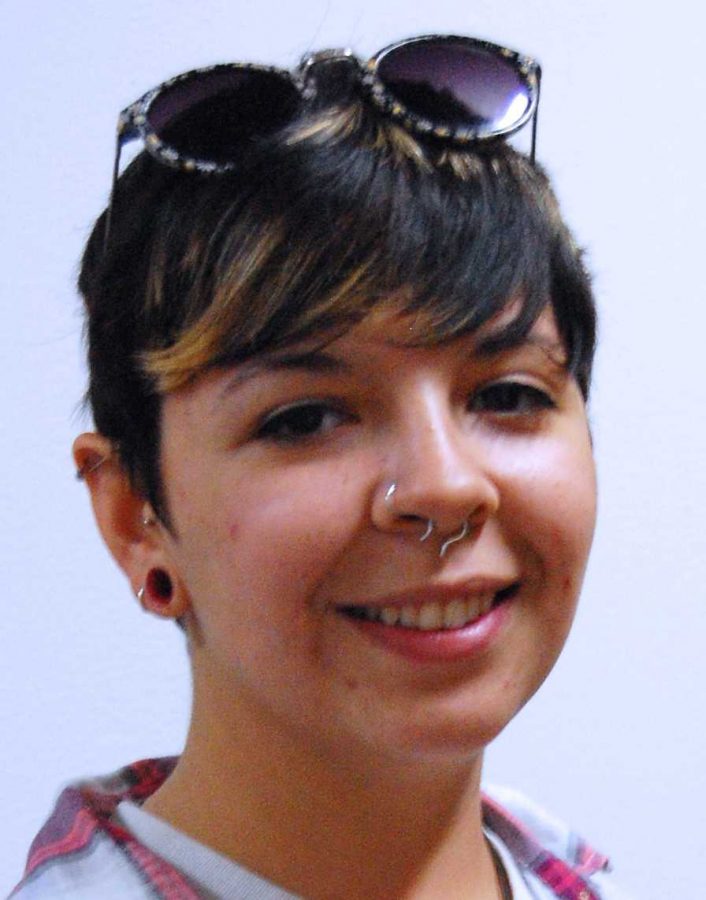
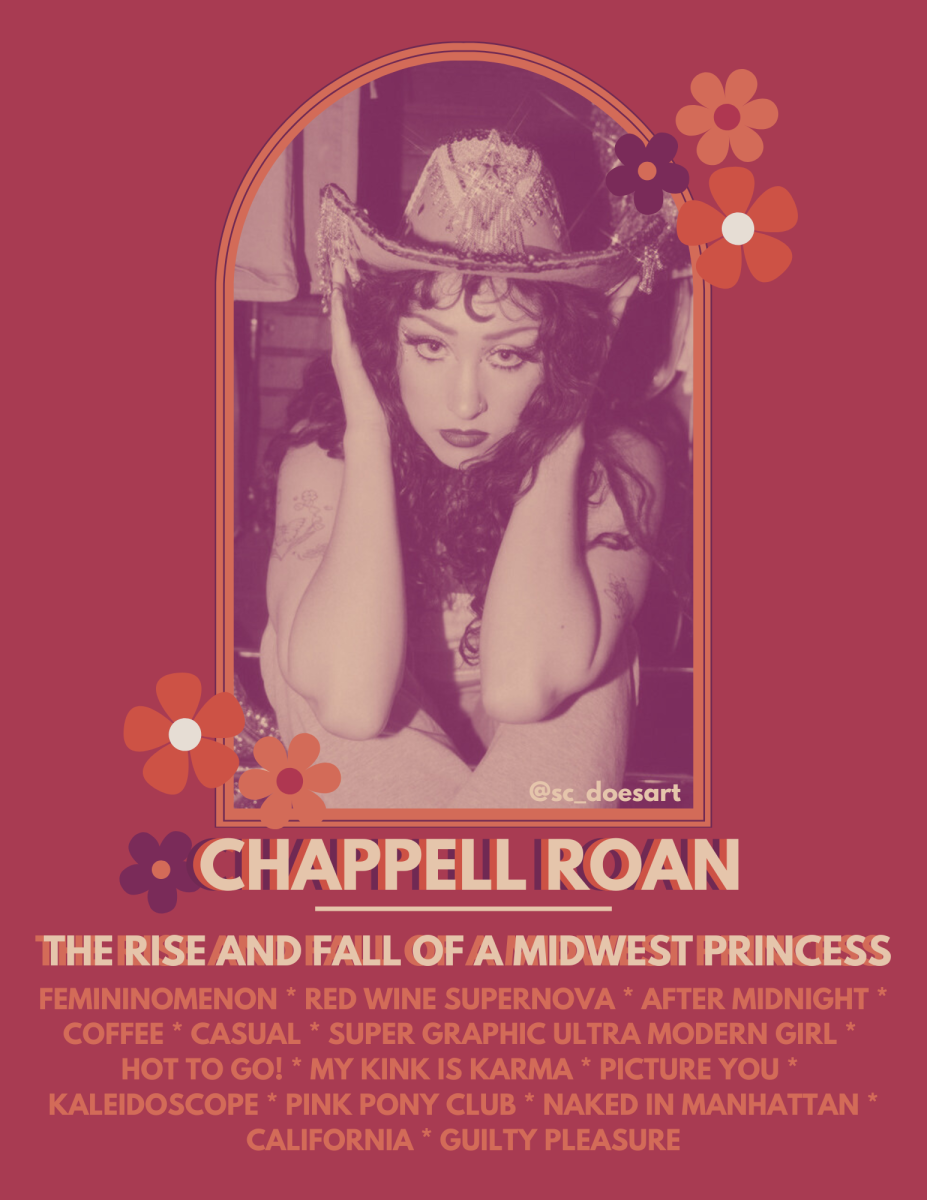
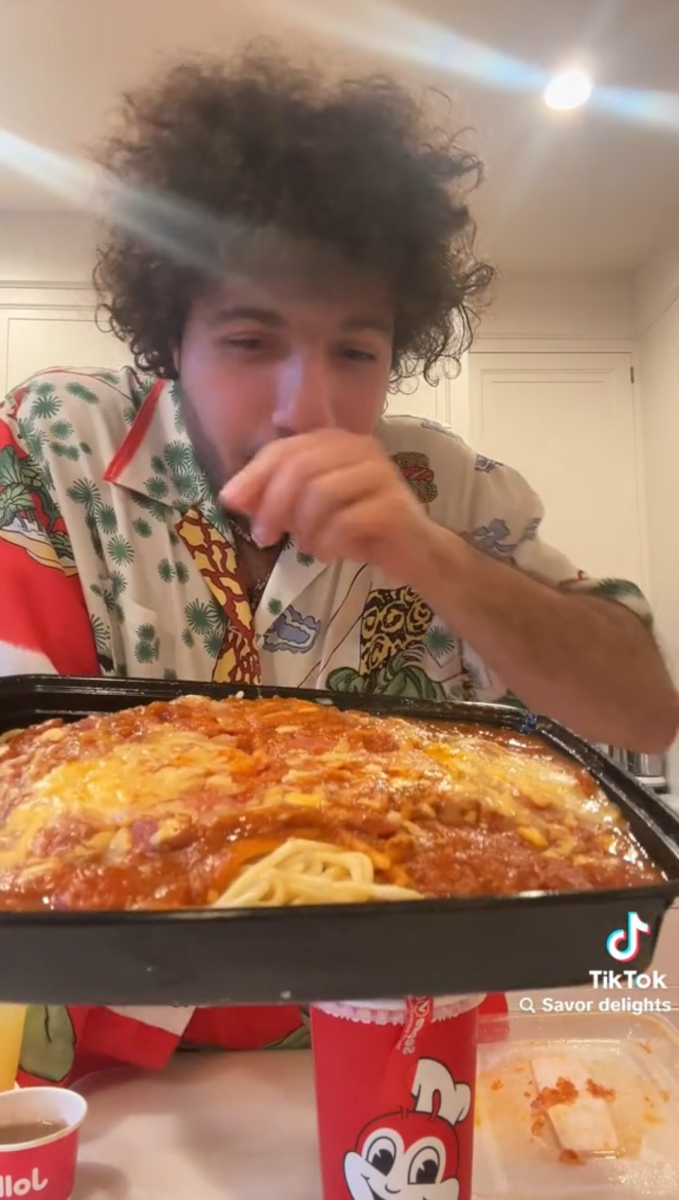

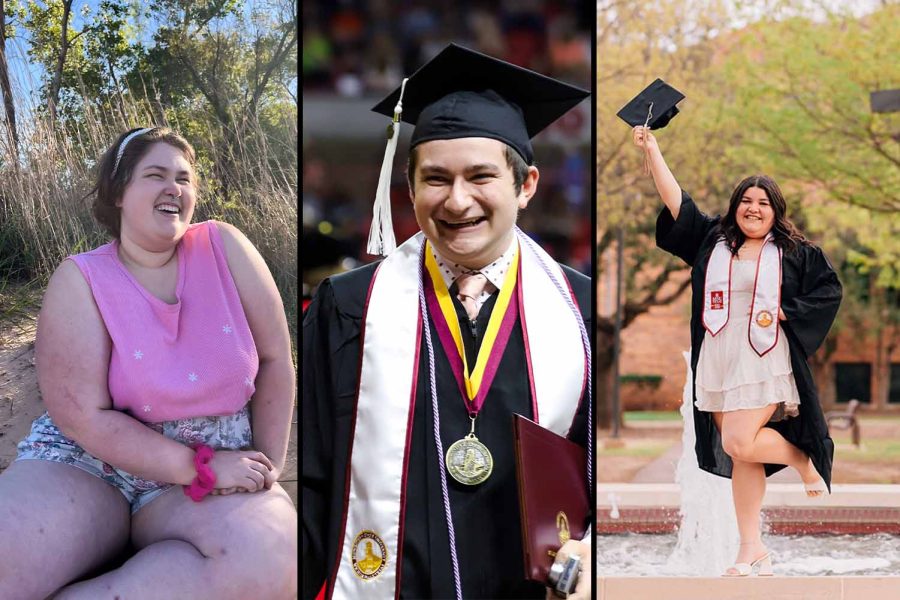

edcruzxpygqwzruj.beeplog.com • Jul 25, 2014 at 8:54 AM
I think that is one of the most important info for me.
And i am satisfied reading your article. But wanna remark on some normal things, The
web site style is ideal, the articles is in reality nice : D.
Excellent activity, cheers